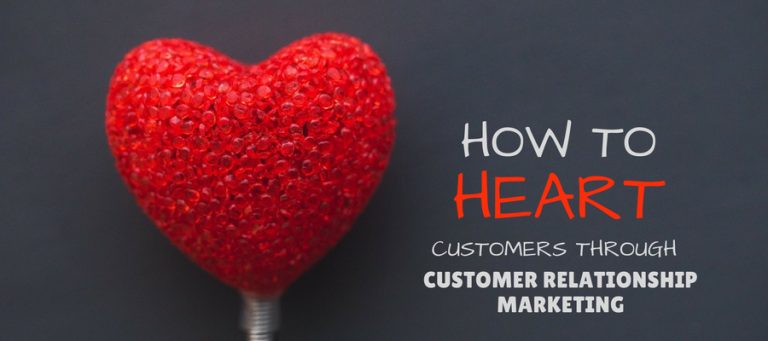Using the 80/20 Rule To Create Better Content and Attract The Right Audience
Think back to your last bad sales experience. You know, the one with that ultra aggressive sales guy (or gal) that went on and on for twenty minutes about how great their product or service was… blah, blah, blah. You never got a word in.
And when it was finally over, you whispered a silent prayer to the heavens and bolted for the nearest exit… relieved to be out of that torture chamber, but peeved that you were no closer to solving your problem.
What this sales person, and so many of us in the position to sell, failed to realize is that often times, less is more. And that principle not only applies to sales, but many facets of business, including your content marketing strategy.
Content marketing isn’t sales
Truly, it is. It just isn’t “direct” sales.
Doug Kessler once said that content can act as a magnet or a filter. And each piece of content you create (e.g. blogs, videos, infographics, social media posts, etc.) will do one of two things, attract or drive away your target audience.
If your goal is to make your content marketing pay, the secret is to give away an abundance of good content most of the time, and ask for the sale the balance of that.
It may sound counterintuitive, but it can work.
Inform first
The fact of the matter is, people want good stories. They want to laugh, cry, and be empowered. They want to feel as if you’ve created something just for them that speaks to what’s important to them.
Pushy sales messages devoid of value are clearly self-promotional and break the connection with your audience, forcing them to look elsewhere.
But giving away free information, e.g. tips and best practices, with no commitment to buy, may leave you feeling vulnerable. And content marketing asks you to do that 80% of the time. You see, one of the many variations of the 80/20 rule suggests that 80% of the content you create and share be about your audience, not about you or what you do.
This content should answer their questions, solve their problems, entertain them with witty but relevant stories, and share insights and innovations.
A few examples:
- A personal injury attorney posting a blog series on how to navigate the claims process
- A realtor creating an infographic on the statistics of the housing market in a particular area
- A hair stylist filming a “how to” video series on re-creating celebrity hairstyles
- A marketer creating an online newspaper curating articles on best practices
- A business owner creating FAQs to post on the company website
It’s possible that your audience could take this information and run. Or, they could consume this information, digest it, and come back for more. It’s a risk worth taking.
Sell last
The balance of the content equation, the 20%, is dedicated to your sales efforts. Talk about your products and services in detail, entice your audience with great offers and, on occasion, give discounts. Cash in on all that goodwill you’ve stored up and ask for the business.
Those in your audience who are ready to buy will remember you, not as that pain in the neck sales guy, but as a valuable reservoir of useful information who obviously knows what they’re doing.
Keep it 100
Content marketing, while often considered a “pre-purchasing “activity, can not only positively influence your audience before they purchase, but after they buy as well. It keeps the dialogue open and could possibly extend the life of the relationship, post-sale.
Sharing good content consistently supplies your audience with the information they need to make informed decisions, which builds their trust in your ability to solve their problems. Â And when you can solve their problems, you can win their business.





